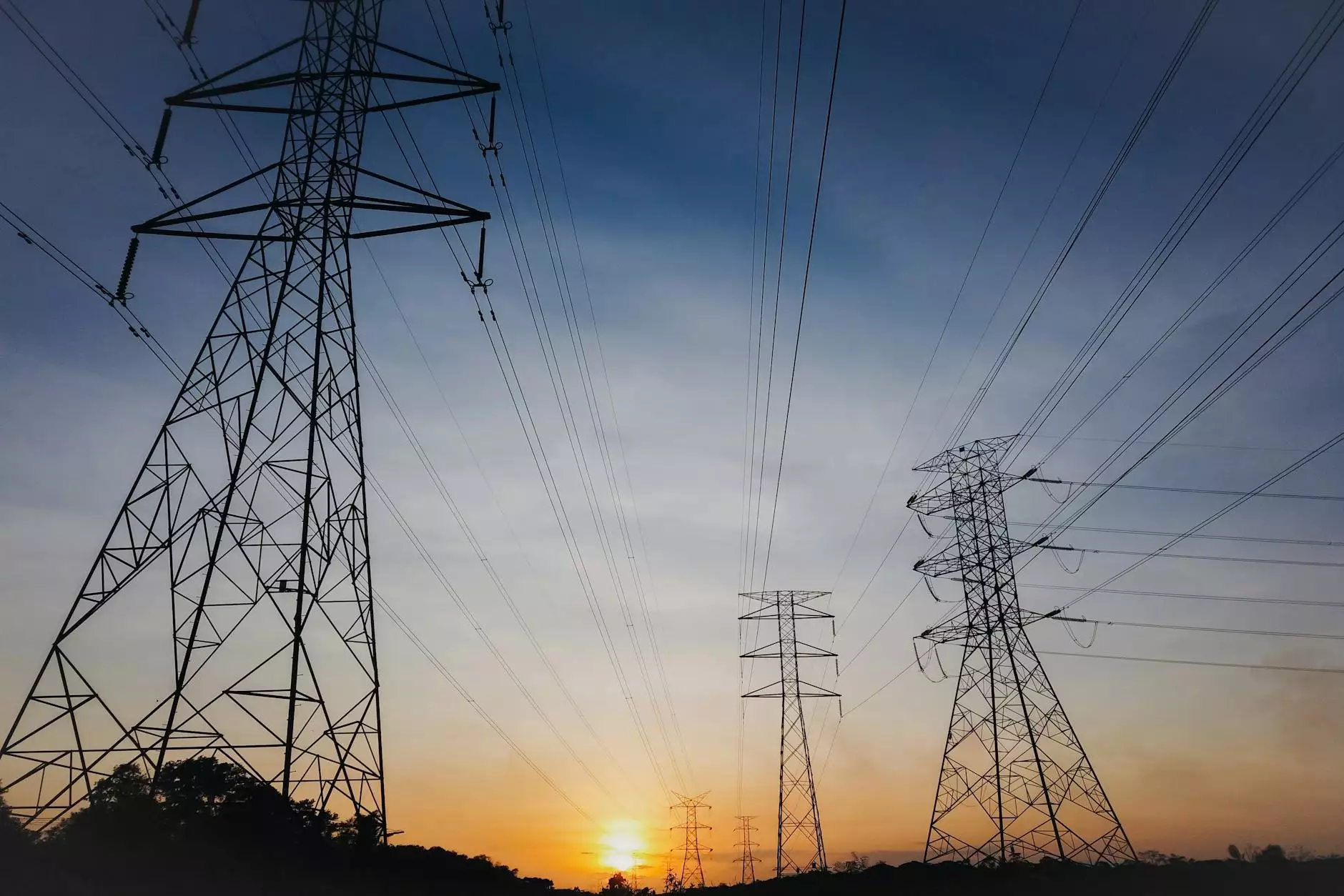Understanding Deep Vein Thrombosis: Signs and Symptoms

What is Deep Vein Thrombosis?
Deep vein thrombosis (DVT) is a serious medical condition that occurs when a blood clot forms in the deep veins, typically in the legs. This condition can lead to severe complications, including pulmonary embolism if the clot dislodges and travels to the lungs. Recognizing the signs and symptoms of deep vein thrombosis is essential for timely diagnosis and treatment.
Common Signs of Deep Vein Thrombosis
Identifying deep vein thrombosis signs and symptoms can vary from person to person, but several common indicators should raise concern:
- Swelling: One of the most common symptoms, often occurring in only one leg. The swelling may be localized or extend throughout the entire leg.
- Pain: Pain may manifest as a cramp or soreness, often starting in the calf. This could be mistaken for a muscle pull or cramp.
- Red or discolored skin: The affected area may show redness or a change in color, which can occur alongside swelling.
- Warmth: The skin over the affected area might feel warm to the touch compared to the surrounding areas.
Potential Symptoms Leading to Complications
In some cases of DVT, individuals may experience symptoms that suggest the clot has dislodged. These symptoms should be treated as medical emergencies:
- Sudden shortness of breath: This symptom may indicate a pulmonary embolism, which occurs when a clot travels to the lungs.
- Chest pain: Severe chest pain that may worsen with deep breaths or coughing might signal serious complications.
- Coughing up blood: This alarming symptom should prompt immediate medical attention.
Factors Contributing to Deep Vein Thrombosis
Several factors increase the risk of developing DVT, including:
- Prolonged immobility: Long periods of inactivity, such as during long flights or prolonged bed rest after surgery, heighten the risk.
- Age: Individuals over 60 are at a higher risk for DVT.
- Obesity: Excess weight contributes to decreased blood flow and increased pressure in the veins of the legs.
- Pregnancy: The growing uterus can exert pressure on the veins, increasing the risk of clot formation.
- Hormone therapy or oral contraceptives: These medications may alter blood clotting factors, raising the risk of DVT.
- Smoking: Smoking affects circulation and can damage the blood vessels, increasing the likelihood of clot development.
Diagnosing Deep Vein Thrombosis
If DVT is suspected based on the signs and symptoms, medical evaluation is crucial:
- Physical Examination: A healthcare provider will assess symptoms and medical history.
- D-Dimer Test: High levels of D-dimer in the blood can indicate the presence of an abnormal clot formation.
- Ultrasound: A common imaging test used to visualize blood flow and detect clots in the veins.
- Venography: A more invasive test where a dye is injected into the veins to provide clear images on X-ray.
Treatment Options for Deep Vein Thrombosis
Treatment for DVT aims to prevent clot enlargement and reduce the risk of complications.
Medications
Anticoagulants, commonly known as blood thinners, are the primary treatment for DVT. Common anticoagulants include:
- Heparin
- Warfarin
- Direct oral anticoagulants (DOACs) such as rivaroxaban or apixaban
Compression Stockings
Wearing compression stockings helps promote blood circulation and reduces swelling throughout recovery.
Physical Activity
Engaging in physical activity post-DVT treatment is critical. Your healthcare provider may suggest gradual increases in activity.
Surgical Interventions
In serious cases, surgical procedures such as a thrombectomy (removing the clot) or insertion of a vena cava filter may be necessary to manage DVT.
Preventing Deep Vein Thrombosis
Preventive measures can substantially reduce the risk of developing DVT, particularly for those at higher risk:
- Stay active: Regular physical activity promotes circulation.
- Hydrate: Drinking plenty of fluids keeps your blood flowing well.
- Avoid crossing legs: This can restrict blood flow in the legs.
- Wear loose-fitting clothes: Tight clothing can restrict circulation.
- If traveling, take breaks: Stand, stretch, or walk around every couple of hours.
When to Seek Medical Attention?
Recognizing when to seek medical attention is crucial. If you experience any of the following symptoms, especially following immobilization or surgery, contact a healthcare provider immediately:
- Sudden swelling in one leg, particularly if accompanied by pain.
- Warmth in the affected area.
- Jab-like pain in the leg or calf.
- Any symptoms of a pulmonary embolism, such as chest pain or difficulty breathing.
Conclusion
Understanding the deep vein thrombosis signs and symptoms is vital for prompt diagnosis and treatment. By being aware of the risk factors, recognizing the symptoms, and seeking timely medical care, individuals can significantly reduce their risk of serious complications. For personalized treatment options and professional evaluation, consider visiting Truffles Vein Specialists, where expert care is just a click away. Remember, your health is of utmost importance; never ignore potential symptoms of DVT.
© 2023 Truffles Vein Specialists. All rights reserved.









